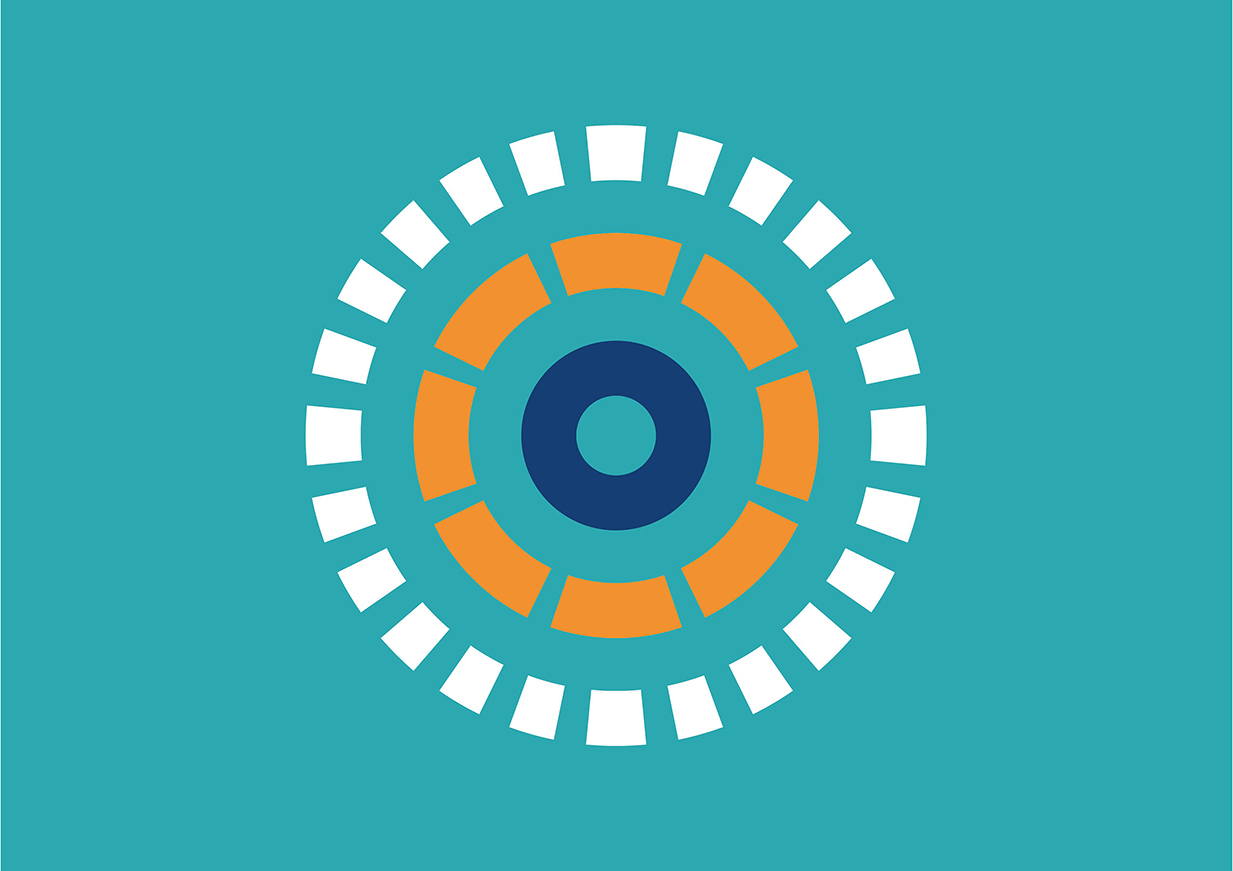Mechlorethamine gel has been developed for the treatment of mycosis fungoides (MF) which is the most common type of cutaneous T-cell lymphoma (CTCL). MF is a slow growing type of CTCL that initially manifests as red patches in body areas not exposed to sunlight. The main symptom is itching. There is currently no cure for MF and management is focussed at alleviating symptoms and avoiding spread to other parts of the body. People with MF type of cancer can live for many years with this condition. Relapse or progression can happen during ongoing treatment or after its cessation.
Mechlorethamine gel is applied topically to the affected skin area and works by stopping cancer cell reproduction. Mechlorethamine has been in use to treat MF-CTCL but has been available as water or oil base formulations. The availability of these formulations are limited due to toxicity and can be difficult to prepare due to instability (water base) or irritating properties (oil base). In clinical trials, mechlorethamine gel formulation has shown greater efficacy and faster response than an oil-based formulation whilst retaining the same safety profile which in turn will contribute to greater patient compliance and convenience.
Mechlorethamine gel for mycosis fungoides in cutaneous T-cell lymphoma

Interventions:
Mechlorethamine (Ledaga; Valchlor)
Indications:
Cutaneous T-cell lymphoma (CTCL)
Therapeutic Areas:
Haematological Cancer and Lymphomas
Year:
2019